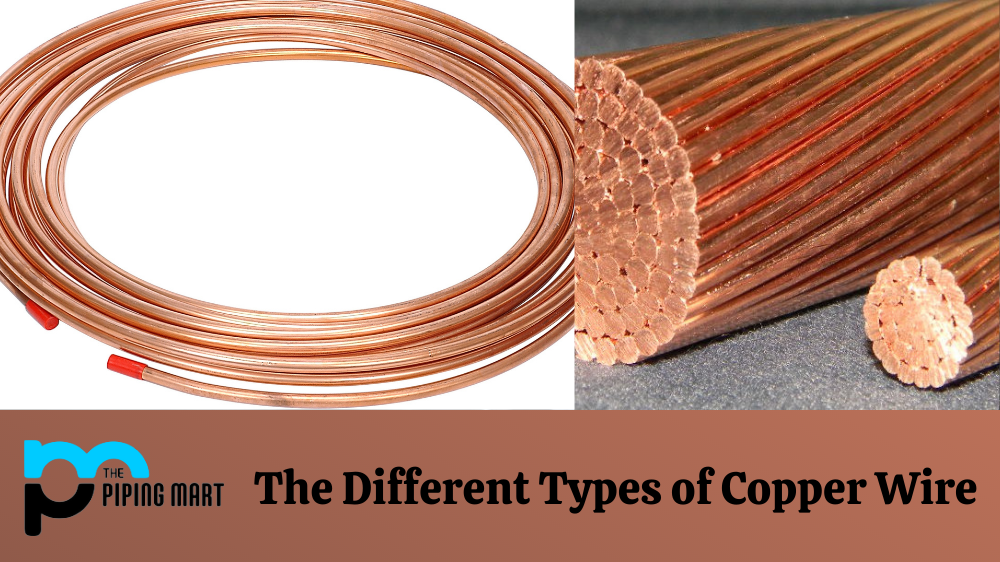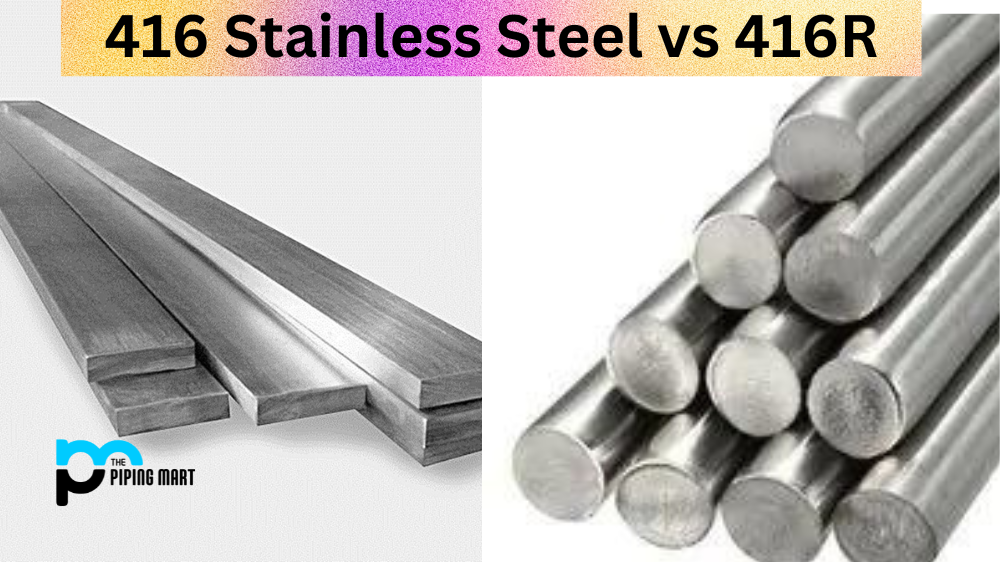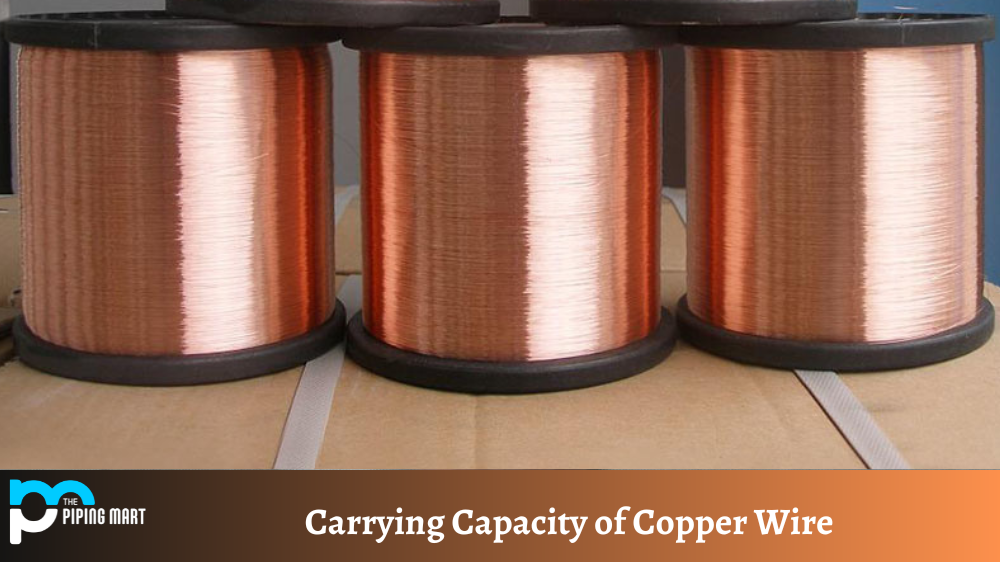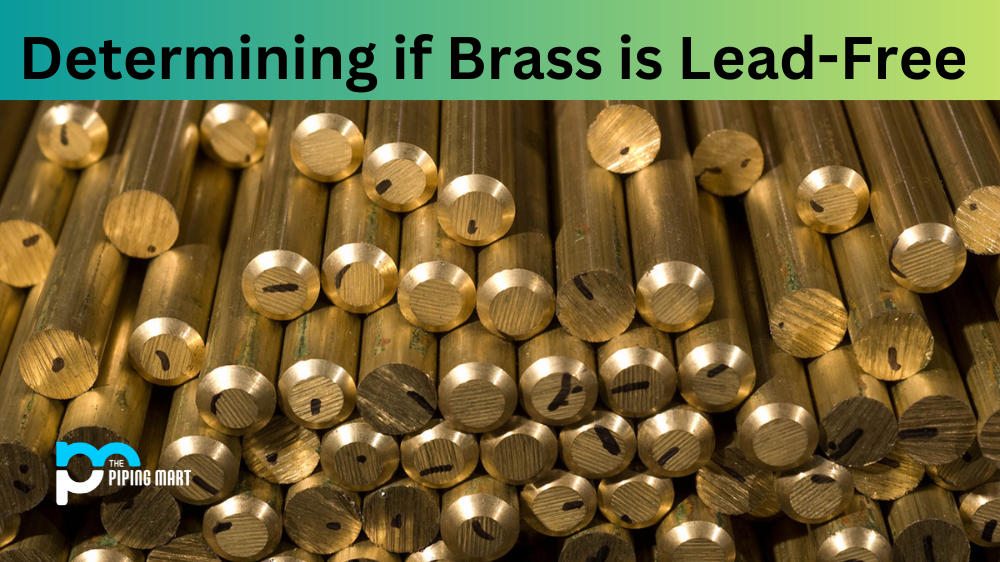Copper wire is used in almost every industry, from construction and electronics to plumbing and telecommunications. But did you know that there are several different types of copper wire? Each type has its own unique properties that make it better suited for specific applications. This blog post will explore the different types of copper wire and why they matter.
Types of Copper Wires
Copper wires offer safe and reliable ways to transfer electricity within a building or installation. They are used in electrical wiring across the globe and come in a variety of forms. Flexible copper wires, stranded copper wires, solid copper wires, and flat copper wires are some of the more common types and each has its own uses depending on the application. Flexible versions have multiple strands of smaller-gauge wire twisted together to provide flexibility in the product, allowing it to be routed around corners with ease. Stranded wires are individually insulated conductors bundled together, providing better conductivity than a single thicker strand due to the larger surface area contact between individual strands. Solid copper wires are exactly as stated – a single piece of copper conductor with no internal twists. Lastly, flat copper wires are quite literally flattened with two other alternating layers to increase their safety against heat dissipation and resist insulation displacement when using mechanical connections on terminals. Pick up your choice of copper wire for your next electrical installation or repair!
Solid Copper Wire
The most common type of copper wire is solid copper wire. As the name implies, solid copper wire consists of a single strand or core of pure copper metal with no other metals or alloys added. Solid copper wire offers excellent electrical conductivity and flexibility, making it ideal for applications such as wiring home electrical systems, building circuits, etc. It also has good chemical stability and corrosion resistance in both dry and wet environments. The downside to solid copper wire is that it can be difficult to work with due to its stiffness and lack of malleability.
Stranded Copper Wire
The stranded copper wire comprises multiple small strands of solid copper wires bundled into a single cable. This type of wire offers more flexibility than solid copper wire but still maintains good electrical conductivity due to its high purity level (typically 98% pure). Stranded copper wires are used in applications where flexibility is more important than current carrying capacity, such as in data cables or audio cables. However, it should be noted that stranded wires have a higher DC resistance than solid wires, which can limit their use in some applications.
Copper Clad Steel Wire
Copper Clad Steel wire is a type of electrical wire made up of a steel core coated in copper. This improves the conductor’s strength and lifespan, as well as providing better protection against electric shock. It has become increasingly popular in construction projects due to its lower cost than pure copper alternatives while still providing durable performance. Copper Clad Steel Wire can also be used for several other tasks such as connecting intercoms, doorbells, and CCTV systems.
Oxygen-Free Highly Conductive Copper (OFHC) Wire
Oxygen-Free Highly Conductive Copper (OFHC) Wire is a type of copper wire that has been processed to reduce the amount of oxygen present. This results in improved electrical conductivity and physical strength during operation. OFHC wire is used in many electrical applications due to its low-resistance, high-flexibility, and resistance to corrosion or oxidization. It can also be precisely machined for intricate shapes due to its malleability which make it ideal for precision engineering components.
Beryllium Copper Wire
Beryllium copper wire is a type of metal alloy made from copper, beryllium and other elements. It is used extensively in electronics, electro-mechanical applications and in the medical industry. Beryllium copper exhibits better electrical conductivity than pure copper, while retaining its superior corrosion resistance. Additionally, it has a higher strength-to-weight ratio than most metals which makes it ideal for thin wiring applications that require flexibility yet maintain stability in rigorous environments.
Copper Alloy Wire
Copper Alloy Wire is a type of wire consisting of copper with other alloys, such as chromium, manganese and/or zinc. It is highly durable and resistant to corrosion, making it a popular choice for electrical applications like wiring in homes or factories. Its malleability makes it also ideal for use in manufacturing parts from intricate jewelry to complex industrial equipment. Copper alloy wires are lightweight yet strong enough to withstand high temperatures as well as pressures found in hydraulic systems or gas networks. They can also be easily shaped into complex shapes that can then be turned into electronic components and other items.
Tinned Copper Wire
Tinned copper wires are made by coating a stranded or solid core with tin (or sometimes nickel) which helps protect the underlying metal from oxidation and corrosion. Tinned wires offer improved durability compared to regular bare-copper wires since they are less prone to degradation over time due to water or air moisture exposure. They also provide better solderability, which makes them ideal for use in electrical connections exposed to high temperatures, such as automotive wiring harnesses or solar panel installations.
Conclusion:
No matter your application, there’s sure to be a type of copper wire that will fit the bill! If you’re ever unsure about which type would be best for your project, don’t hesitate to reach out for expert advice! Whether you’re looking for increased flexibility from stranded cables or improved durability from tinned cables, understanding the differences between each type can help you make an informed decision when selecting the right one for your needs.

Pipingmart is a B2B portal that specializes in metal, industrial and piping items. Additionally, we share the latest information and information about materials, products and various types of grades to assist businesses that are involved in this business.




